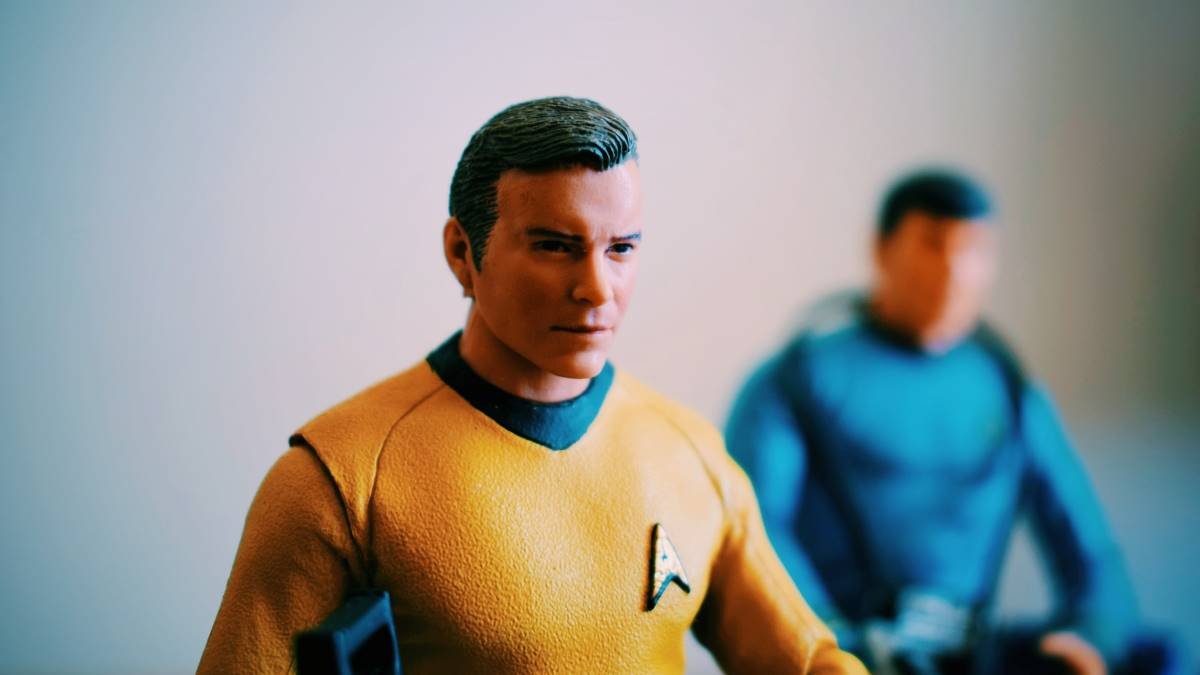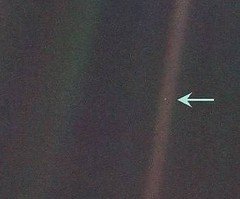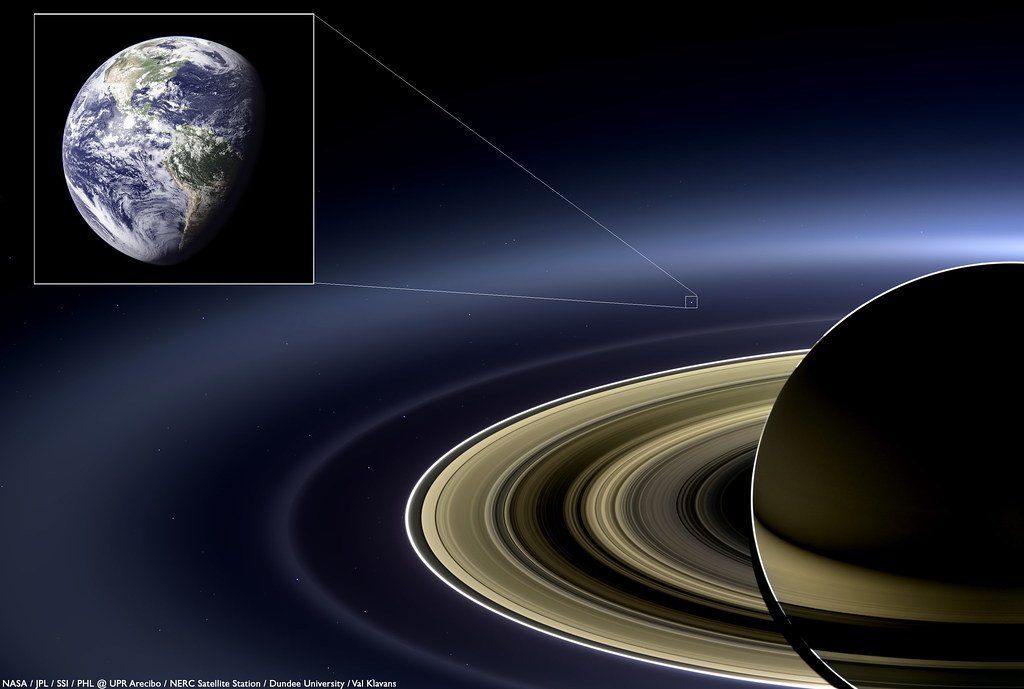
So spoke the nonagenarian William Shatner (a.k.a. Captain James Tiberius Kirk) as emotion overcame him on his return from what we can (questionably) classify as space. An historic defining moment in the evolution of space travel.
However, it would appear not everyone agrees. The Duke of Cambridge, for one, has suggested in a BBC interview that we should be focusing on ‘fixing this planet rather than searching for the next planet [on which] to go and live’. Even Captain Kirk’s own chief helmsman on the USS Enterprise, Hikaru Sulu (George Takei) has spoken out against the project, describing Shatner as an ‘unworthy guinea pig’, adding that he considered Shatner unfit for the journey.
But most of the negative comments in the media have been directed at the waste of money apparently squandered by these massive vanity projects and driven by billionaire entrepreneurs, and, furthermore, during a raging pandemic and a time of global hardship.
Many feel space travel is an expensive and unnecessary activity serving no useful purpose apart from, maybe, the invention of Teflon non-stick frying pans and Velcro, both of which would have been discovered eventually anyway.
But other, possibly more important and tangible inventions, occurred thanks to space science missions. Global positioning satellite (GPS) networks would not have been launched without – well – rockets. Your satnav and your smartphone’s location facilities would not exist. But these are just two simple and obvious consequences of space travel. What about the World Wide Web? That relies on an accurate and standardised satellite global timing system to allow data to fly to all corners of the globe without error. Less known but still significant, MRI scanners which are used to detect tiny areas of cancerous cells using controlling hardware which is actually a modified version of the exact same controlling hardware developed for the Hubble space telescope.
And for those naysayers who argue that we should now, more than ever, be focusing on the climate emergency; well, that’s exactly what space scientists are doing. Remote sensing satellites monitor the weather and warn us of impending dangers. They monitor crops, wildfires, global temperatures and sea currents. In fact, most of the essential data required by the climate scientists is collected by orbiting satellites and beamed earthwards for analysis. And, for once, the developing nations can reap the rewards in terms of reliable communication channels provided by the web and satellite phones, as well as crop and livestock monitoring. Satellites are, indisputably, global economic levellers. Countries that cannot afford books have the same access to free downloads as the economically-privileged nations.
Okay, so I hope I’ve persuaded you, if you needed persuading, that space research is essential to the improvement of global wellbeing in a variety of ways. But what about the spectacle of Captain Kirk boldly going where no nonagenarian had gone before? I can understand how a blatant publicity stunt during this period of Covid and global warming might appear, at best, incongruous.
The last ten years has seen a two-pronged revolution in space travel. Firstly, its financing has moved almost entirely from the public sector to the private sector. This has been made feasible by the second revolution; the vast reduction in costs of blasting payloads and people into space. Space travel is now largely a commercial activity and must play by commercial marketing rules. It is still serious science, though; the emphasis is now on reusability, simplicity and carbon footprint. For example, the modern hydrogen/oxygen rocket fuel is much more efficient and the burn is clean compared with older propellants, emitting mainly pure water and almost zero carbon dioxide.
So, the Captain Kirk narrative is nothing more than an entertaining sideshow to keep the investors, venture capitalists and the wider public on board, while the more significant work is carried out via the more extensive Blue Origin project. This is early days for the mission; the New Shepard part of the project which launched Shatner skyward is sub-orbital and only serves as a testbed for the later New Glenn vehicles which will be capable of launching major payloads into near-earth and geostationary orbits, and at a fraction of the cost of NASA’s publicly-funded endeavours.
Let’s now turn our attention to our next generation: the girls and boys we want to attract into the science sector. If we wanted to entice students into the automotive industry, would we direct our potential car designers of the future to the inner workings of, say, vehicle haulage technology in order to promote the sector as a career, or the razzmatazz of the F1 Grand Prix season? Similarly, I think our prospective upcoming technicians and scientists might be more attracted to a career which they see as enabling a future that looks more Star Trek than the dystopian images of Blade Runner.
Like all the scientific fields, space and planetary science have broad aims which are laudable in terms of improving civilisation’s lot. However, where we are headed remains unpredictable. Space science was, after all, created out of the World War 2 V2 bombs which rained down during the London blitz. Geostationary communication satellites were first proposed by the science fiction writer Arthur C Clarke. Yes, some of the directions we might take, for now, may appear trivial or trite, but we never really know the significances until the game of science advances further.
I’ll finish with a quote from the great science communicator and astrophysicist, Carl Sagan. In 1977, a space probe Sagan worked on – Voyager 1 – was launched to study a range of planets in our solar system before it went on its way outwards on a journey to, well, who knows where? As it left our solar system and 6 billion kilometres from earth, Sagan suggested that they turn one of its cameras around and allow Voyager to take one last image in the direction of its birth planet before it disappeared for ever. At the time, they didn’t know if the camera, which was designed for a particular and very different task, would even pick anything up. What they got was a largely boring, grey dappled picture like static noise on an old television set with no signal, albeit with a few lightly coloured diffraction stripes. But just slightly to the right of the centre of the image was a tiny brighter speck; a single pixel, pale blue in colour. This is what Sagan wrote about it.

“Look again at that dot. That’s here. That’s home. That’s us. On it everyone you love, everyone you know, everyone you ever heard of, every human being who ever was, lived out their lives. The aggregate of our joy and suffering, thousands of confident religions, ideologies, and economic doctrines, every hunter and forager, every hero and coward, every creator and destroyer of civilization, every king and peasant, every young couple in love, every mother and father, hopeful child, inventor and explorer, every teacher of morals, every corrupt politician, every “superstar,” every “supreme leader,” every saint and sinner in the history of our species lived there – on a mote of dust suspended in a sunbeam.
“The Earth is a very small stage in a vast cosmic arena. Think of the rivers of blood spilled by all those generals and emperors so that, in glory and triumph, they could become the momentary masters of a fraction of a dot. Think of the endless cruelties visited by the inhabitants of one corner of this pixel on the scarcely distinguishable inhabitants of some other corner, how frequent their misunderstandings, how eager they are to kill one another, how fervent their hatreds.
“Our posturings, our imagined self-importance, the delusion that we have some privileged position in the Universe, are challenged by this point of pale light. Our planet is a lonely speck in the great enveloping cosmic dark. In our obscurity, in all this vastness, there is no hint that help will come from elsewhere to save us from ourselves.
“The Earth is the only world known so far to harbour life. There is nowhere else, at least in the near future, to which our species could migrate. Visit, yes. Settle, not yet. Like it or not, for the moment the Earth is where we make our stand.
“It has been said that astronomy is a humbling and character-building experience. There is perhaps no better demonstration of the folly of human conceits than this distant image of our tiny world. To me, it underscores our responsibility to deal more kindly with one another, and to preserve and cherish the pale blue dot, the only home we’ve ever known.”
Just over thirty years later, William Shatner flew on a craft named after Sagan’s description of Planet Earth.
I firmly believe this adds to the sum of human achievements and is worthy of celebration.






